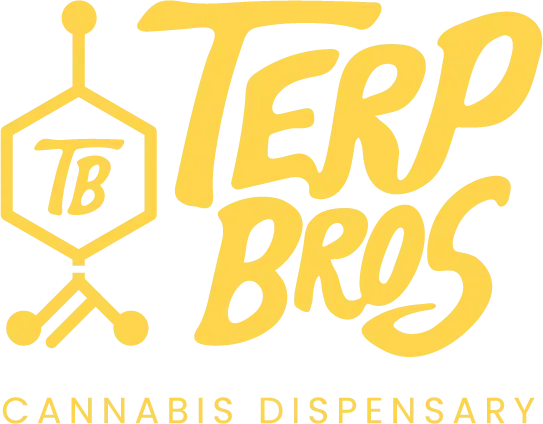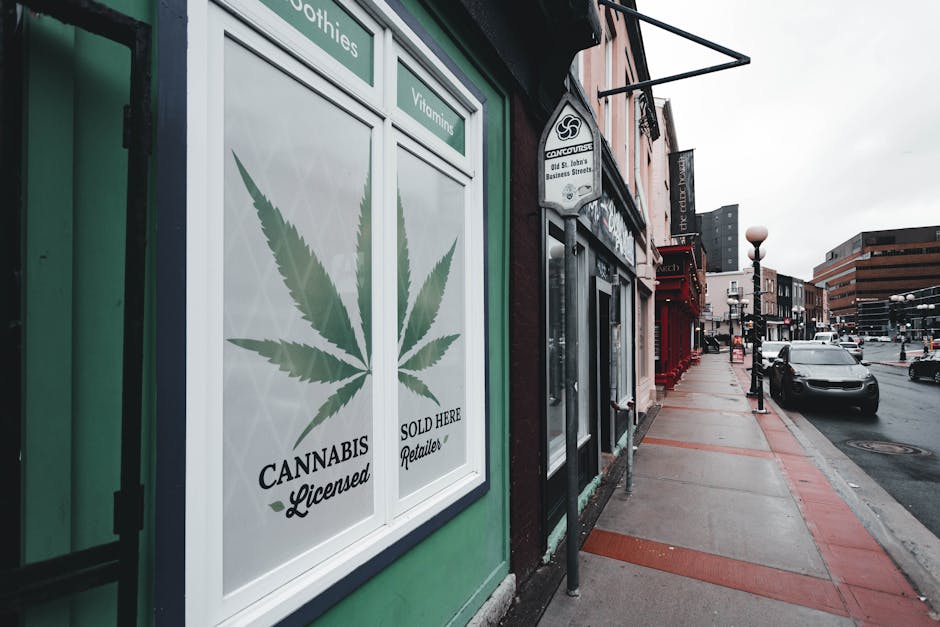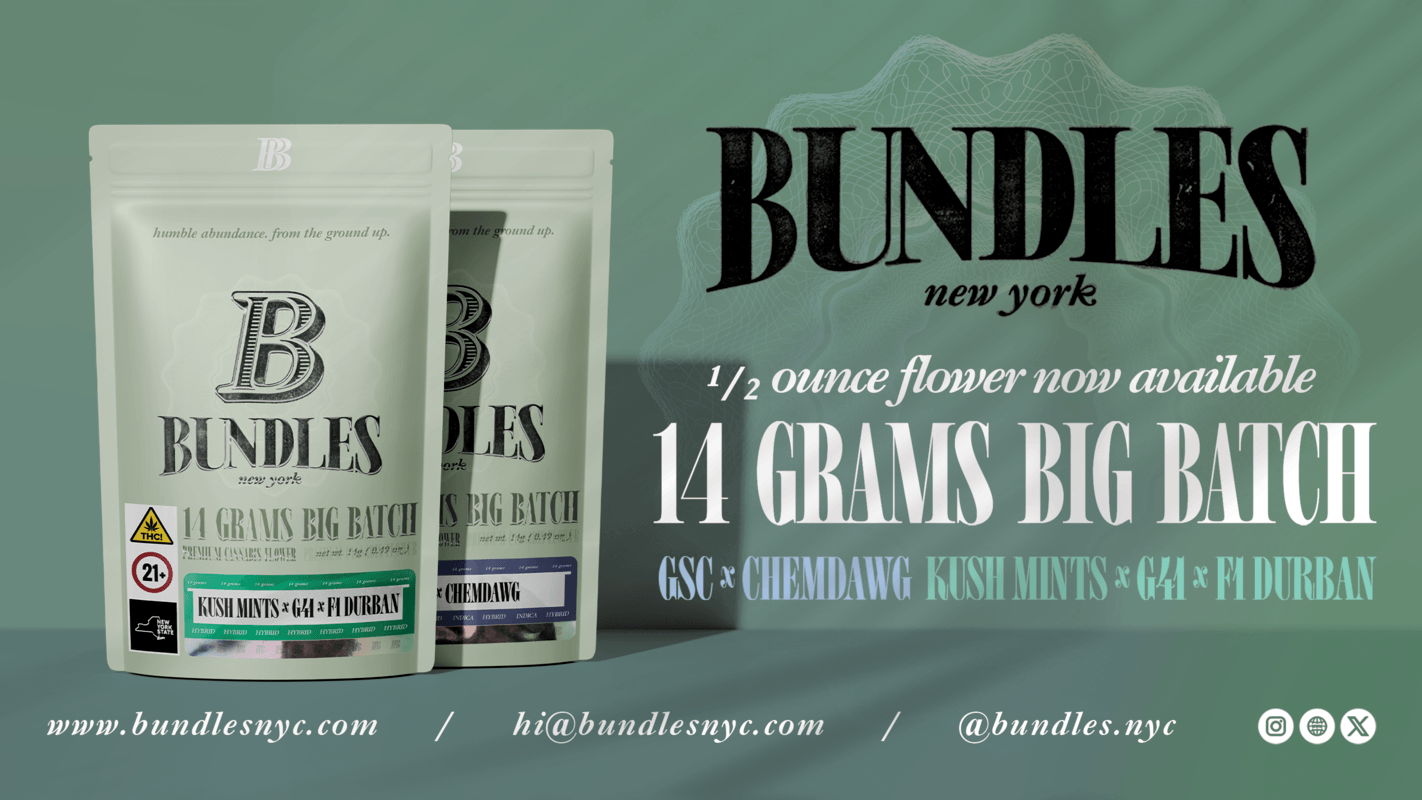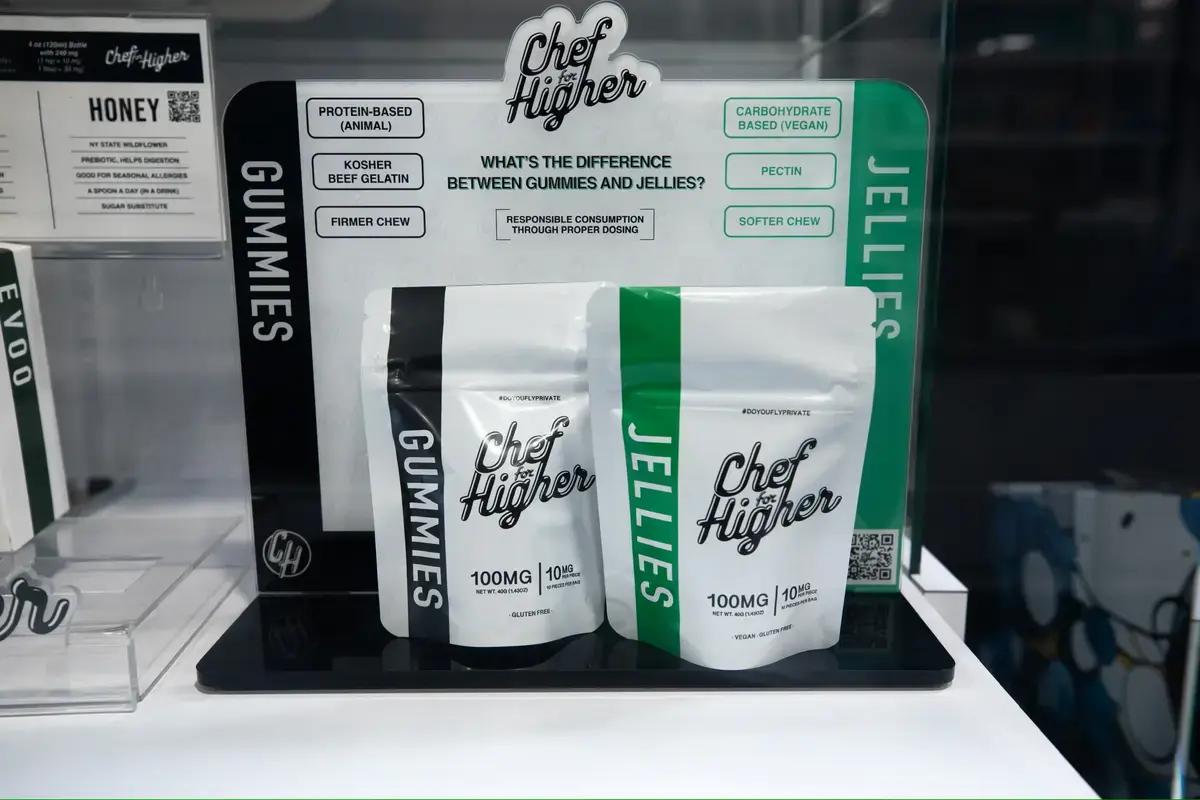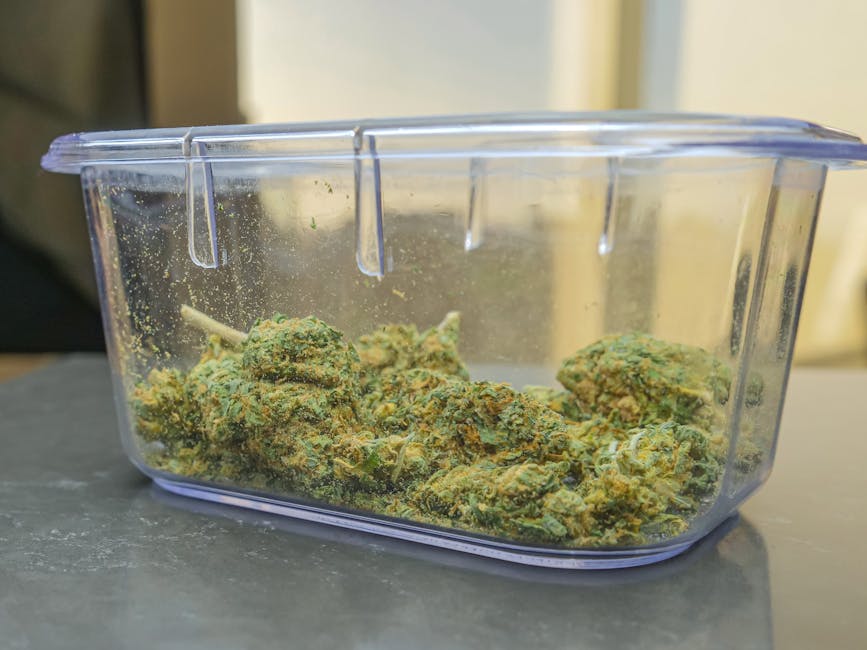
how many strains of cannabis are there? 7 Amazing Facts 2025
Exploring the Cannabis Catalog: A Strain Journey
How many strains of cannabis are there? According to scientific estimates, there are approximately 700-779 recognized cannabis strains worldwide, though commercial databases and retailers have given individual strains more than 2,300 unique names.
| Cannabis Strain Count | Number | Source |
|---|---|---|
| Scientifically recognized strains | 700-779 | Research journals and academic sources |
| Named commercial strains | 2,300+ | Industry databases and retailers |
| Naturally occurring varieties | 3 | Cannabis sativa, indica, and ruderalis |
The world of cannabis is incredibly diverse, with varieties that have been cultivated and refined over thousands of years. From ancient medicinal uses to modern recreational consumption, cannabis has evolved alongside human civilization, creating a rich mix of genetic variations with unique properties, aromas, and effects.
Each strain represents a distinct genetic profile, containing varying levels of cannabinoids (like THC and CBD) and terpenes that create different experiences for users. This remarkable diversity allows consumers to find products custom to their specific needs and preferences.
I’m Jeremy Rivera, owner of Terp Bros, Astoria’s pioneering legal cannabis dispensary, and my journey through the cannabis industry has given me experience with how many strains of cannabis are there and their unique qualities. My background in navigating New York’s cannabis market has helped me curate a diverse catalog that showcases the plant’s incredible variety.
Find more about how many strains of cannabis are there:
– how to identify cannabis plant strain
– what cannabis strain have what type of terpenes
– what is the strongest cannabis strain
What Is a Cannabis Strain?
Before we dive deeper into how many strains of cannabis are there, let’s get clear on what makes a cannabis strain what it is. Think of a strain as a cannabis “family” with its own unique traits – like how you might have your grandmother’s eyes or your dad’s laugh.
Each cannabis strain has a specific genetic makeup that gives it distinctive characteristics – from how it grows and looks to the effects you’ll feel when you use it. These differences come from generations of careful breeding to highlight certain qualities that people enjoy.
“When customers visit us at Terp Bros, they’re often amazed by how different each strain can be,” I tell folks who are new to our Astoria shop. “It’s like comparing apples to oranges – they’re both fruit, but the experience is completely different.”
Cannabis strains typically fall into three main categories based on their ancestry:
Cannabis sativa plants tend to grow tall with narrow leaves, often creating energizing effects that might help you clean your apartment or get creative with a new hobby.
Cannabis indica varieties are usually shorter and bushier with wider leaves, typically offering relaxing effects that might help you unwind after a long day exploring Queens.
Cannabis ruderalis is the lesser-known cousin in the cannabis family – smaller plants that automatically flower based on age rather than light cycles.
Most strains you’ll find at New York dispensaries like ours are actually hybrids – thoughtful blends of these original varieties that offer balanced or specialized effects. It’s worth noting that botanists still debate whether these are truly separate species or just different varieties of the same plant.
Defining Strain vs Chemovar
The cannabis world is evolving, and so is our language around it. While “strain” is the term most of us know and use, scientists are increasingly preferring more precise terminology.
Cultivar (short for “cultivated variety”) is the botanical term for plants deliberately selected and maintained through cultivation. When you hear about Blue Dream or Sour Diesel, you’re really talking about cannabis cultivars.
Even more specific is the term chemovar, which focuses on the plant’s chemical composition. This approach makes a lot of sense because what really matters isn’t just the plant’s family tree but what’s actually in it – the specific blend of cannabinoids and terpenes that create its effects.
Think about it like this: knowing a coffee is “dark roast” tells you something, but knowing its specific flavor notes and caffeine content tells you much more about what to expect when you drink it.
Dr. Ethan Russo, a respected cannabis researcher, puts it perfectly: “The sativa/indica distinction as commonly applied in lay use has limited utility. It’s far more important to know a given chemovar’s cannabinoid and terpenoid profile than its ancestry.”
At Terp Bros, we believe names help us talk about cannabis, but the chemistry is what creates your experience. That’s why we provide detailed information about each product’s cannabinoid content (THC, CBD, etc.) and terpene profile – because knowing these details helps you find exactly what works for your needs, whether you’re from Astoria, Long Island City, or anywhere else in Queens.
How Many Strains of Cannabis Are There?
When you ask “how many strains of cannabis are there?“, the answer isn’t as straightforward as you might hope. Scientific estimates place the number between 700-779 recognized cannabis strains worldwide. But walk into dispensaries or browse online catalogs, and you’ll encounter over 2,300 uniquely named products that all claim to be distinct strains.
Why such a big difference? Well, it’s a bit like asking how many types of cookies exist. There are the basic varieties everyone recognizes, but then there are countless variations with tiny tweaks to the recipe.
This strain counting conundrum exists because:
- In nature, only three cannabis varieties occur naturally (sativa, indica, and ruderalis) – everything else comes from human creativity and breeding
- Unlike apples or roses, cannabis has no official registry that standardizes strain names
- The same genetic strain might be called “Purple Punch” in New York but marketed as “Grape Knockout” somewhere else
- Breeders are constantly creating new crosses, with fresh strain names appearing almost weekly
“Cannabis has this amazing history of cultivation going back thousands of years,” I often tell customers at Terp Bros. “Farmers in places like Afghanistan, Thailand, and Jamaica developed distinct landrace strains that perfectly matched their local environments. Modern breeders have taken these original varieties and crossed them countless times, creating this incredible mix of diversity we see today.”
A fascinating 2022 study in PLOS One analyzed nearly 90,000 commercial cannabis samples and found something surprising – strain names often don’t reliably match the actual chemical diversity in the plant. Many strains with different names turned out to be genetically quite similar! It’s like how “chocolate chip cookies” might be called something fancy at an upscale bakery, but they’re still essentially chocolate chip cookies.
“how many strains of cannabis are there” in Databases?
If you’re curious about how many strains of cannabis are there in commercial circulation, major cannabis databases offer some perspective:
Leafly, one of the largest cannabis information platforms, lists over 5,000 strain entries. Seed banks collectively catalog several thousand unique strain names. Meanwhile, cannabis testing companies like Confident Cannabis have analyzed thousands of distinct samples with unique genetic and chemical profiles.
But these numbers come with important asterisks. Many entries represent the same genetics with different marketing names, while others are so similar that most consumers wouldn’t notice any difference in effects.
At Terp Bros, we take a “quality over quantity” approach. Rather than trying to stock every trendy strain name, we carefully curate a selection of well-documented, lab-tested varieties that truly represent the full spectrum of cannabis experiences – from energizing options that might boost your creativity to relaxing varieties that help you unwind after a long day.
Why No One Can Say Exactly “how many strains of cannabis are there”
The question of how many strains of cannabis are there remains impossible to answer precisely for several fascinating reasons:
Genetic Overlap is everywhere in the cannabis world. Many commercially named strains share significant DNA. The popular “Kush” family, for example, includes dozens of named varieties that might have only subtle genetic differences between them.
Naming Freedom in cannabis is basically unlimited. Unlike other agricultural products, cannabis has no official registry or governing body that standardizes strain names. Any breeder can name their creation whatever sounds catchy or marketable.
Regional Aliases add another layer of complexity. The same genetic strain might be known by completely different names depending on where you are. What New Yorkers know as “Sour Diesel” might be called something entirely different in another part of the country.
Continuous Creation means the strain catalog never stops growing. Breeders develop new hybrids constantly, with hundreds of new strain names appearing annually.
As renowned cannabis researcher Dr. Ethan Russo puts it: “The naming of cannabis ‘strains’ has become primarily a marketing exercise with almost no relationship to verifiable chemical composition or pharmacological effects.”
At Terp Bros, we steer this complexity by focusing on documented genetics, comprehensive lab testing, and real customer feedback. This ensures our Astoria and Queens customers receive consistent, high-quality products regardless of whatever trendy name appears on the label. When you shop with us, you can trust that what you’re getting delivers the experience you’re looking for – whether it’s your first time trying cannabis or you’re a seasoned enthusiast.
Why Are There So Many Strains? Genetics, Breeding & Naming
Have you ever wondered why cannabis comes in so many varieties? The answer lies in human creativity and the plant’s remarkable genetic flexibility. Cannabis naturally adapts to different environments, but it’s the deliberate choices of breeders over thousands of years that have created the kaleidoscope of strains we see today.
“Cannabis breeding is both an art and a science,” explains Jeremy Rivera of Terp Bros. “Each new strain tells a story of careful selection and patient cultivation, sometimes spanning years of work.”
When we talk about how many strains of cannabis are there, we’re really discussing the results of careful crossbreeding. Modern cannabis is typically classified into three main chemotypes based on cannabinoid content:
Type I strains contain high THC and minimal CBD, making them popular for recreational use. These include classics like OG Kush and newer varieties like Wedding Cake.
Type II strains offer balanced THC and CBD ratios, creating more moderate effects. Harlequin and Cannatonic are well-known examples that many of our Queens customers appreciate for their balanced properties.
Type III strains feature high CBD with minimal THC, often used for medicinal purposes without strong intoxicating effects. Charlotte’s Web might be the most famous example.
What makes cannabis truly fascinating is its terpene diversity. These aromatic compounds – over 150 have been identified – create distinctive scents and flavors while also influencing the effects you feel. From the citrusy zing of limonene to the relaxing qualities of myrcene, terpenes add layers of complexity to each strain.
How Breeders Create New Hybrids
Creating a new cannabis strain isn’t a weekend project – it’s often a years-long labor of love. The process begins with careful parent selection, choosing plants with complementary traits like potency, aroma, yield, or resistance to pests.
Once promising parents are identified, breeders perform controlled pollination, allowing male plants to fertilize selected females. After harvesting and germinating the resulting seeds, the real detective work begins – phenotype hunting.
“Each seed from the same parents can express different traits,” Rivera notes. “Finding that perfect phenotype might mean growing hundreds of plants to identify the one with exactly the right combination of characteristics.”
The final crucial step is stabilization. Breeders must cultivate their chosen phenotype through multiple generations, carefully selecting plants that consistently express the desired traits. Without this patience, new strains would be unpredictable from one generation to the next.
The naming process is where science meets creativity. Some names reflect effects (Blue Dream suggests a dreamy, blissful state), while others highlight flavors (Lemon Haze needs no explanation). Many honor their genetic heritage, like Sour Diesel × OG Kush becoming Headband.
Factors Driving Diversity
The recent explosion in cannabis diversity stems from several modern developments. Legalization markets like New York’s have created economic incentives for innovation, with breeders competing to create distinctive products that stand out on dispensary shelves.
Consumer demand has become increasingly sophisticated. “Our customers at Terp Bros don’t just ask for ‘something strong’ anymore,” Rivera explains. “They want specific terpene profiles for sleep, creativity, or relaxation. They’re looking for particular flavors or effects custom to their needs.”
Climate adaptation drives regional breeding projects, with growers developing strains specifically suited to New York’s varying environments – from indoor facilities in Queens to upstate farms with different growing conditions.
Even social media trends play a role in today’s strain diversity. Visually striking purple buds or cleverly named varieties can go viral, creating market demand that encourages breeders to focus on Instagram-worthy characteristics.
“At Terp Bros, we accept this diversity while helping our customers steer it,” says Rivera. “We believe understanding the story behind each strain – its genetics, breeding history, and chemical profile – helps people make more informed choices about the products that will best serve their needs.”
The science behind cannabis breeding continues to evolve, with research institutions now studying cannabis genetics more openly than ever before. Scientists at the University of Connecticut and other institutions are mapping cannabis genomes, bringing new scientific rigor to a field long guided primarily by breeder experience and intuition.
For our customers in Astoria and throughout Queens, this genetic diversity means more options than ever before – and more reasons to ask questions and explore the incredible variety of cannabis experiences available.
Can You Trust Strain Names and Labels?
When exploring how many strains of cannabis are there, we naturally wonder about the reliability of those colorful names and labels we see at dispensaries. Truth be told, strain names alone can be as unpredictable as New York weather.
Several eye-opening studies have revealed the inconsistencies hiding behind those creative strain names:
- A 2015 Journal of Cannabis Therapeutics study found that identical strain names from different sources often had dramatically different chemical makeups – almost like ordering a “house special” pizza at different restaurants and getting completely different toppings each time.
- That 2022 PLOS One study I mentioned earlier? It concluded that many commercial strain labels simply don’t match what’s actually in the product.
“I’ve seen how confusing strain names can be for our customers,” says Jeremy Rivera of Terp Bros. “Someone might have a great experience with ‘Blue Dream’ from one source, then try it from another place and wonder why it feels completely different.”
This inconsistency happens for several understandable reasons. Genetic drift occurs as plants are propagated over generations, creating subtle changes. Growing conditions dramatically affect how cannabinoids and terpenes develop – the same strain grown in a sunny Californian field versus a controlled indoor environment in Queens will produce different chemical profiles. There are also market pressures that sometimes lead producers to rename generic cannabis to capitalize on trending strain names. And without industry-wide standards for verification, there’s limited accountability.
“This is exactly why lab testing isn’t just nice to have – it’s essential,” emphasizes Rivera. “At Terp Bros, every product on our shelves comes with test results from state-certified laboratories. We don’t just take the grower’s word for it when they say it’s ‘Super Lemon Haze’ – we want to see the actual cannabinoid and terpene data to back it up.”
Terpenes, THC & CBD: Better Guides Than Names
Rather than getting caught up in fancy strain names, cannabis experts now recommend paying closer attention to what’s actually in your product:
Cannabinoid ratios tell you much more about what to expect than any creative name. High THC with minimal CBD typically creates stronger psychoactive effects – great for experienced users seeking intensity, but potentially overwhelming for newcomers. Balanced THC:CBD products often provide more moderate, functional effects that many find perfect for daytime use. High CBD with minimal THC delivers therapeutic benefits with little to no intoxication, ideal for those seeking relief without impairment.
Terpene profiles are the unsung heroes of cannabis effects. These aromatic compounds work alongside cannabinoids through the “entourage effect” – creating unique experiences beyond what THC alone would provide. Myrcene often brings relaxing, sedative effects (perfect for evening use), while limonene frequently uplifts mood and relieves stress. Pinene might help keep you alert and improve memory, and caryophyllene shows promising anti-inflammatory and anxiety-reducing properties.
“Understanding terpenes has completely changed how we discuss cannabis with our customers,” Rivera explains. “At Terp Bros, we’ve moved beyond the old ‘How strong is it?’ conversation to more nuanced discussions about terpene profiles and how they might influence someone’s experience. It’s like the difference between asking if a wine is ‘strong’ versus understanding the subtleties of different grape varieties and regions.”
Industry Moves Toward Standardization
The good news is that the cannabis industry is gradually implementing better verification methods:
DNA barcoding technology is helping some companies verify genetic identities and catch mislabeling. Think of it as a cannabis “fingerprint” that can’t be faked. Certification programs developed by industry groups are establishing strain standards to ensure consistency across producers. Meanwhile, advanced forensic tracing techniques can now identify a strain’s geographic origin and genetic lineage with impressive accuracy.
“We’re still in the early chapters of cannabis standardization,” notes Rivera. “It reminds me of the wine industry before regional certification systems – there was a time when you couldn’t really trust what was on a wine label either. At Terp Bros, we stay on top of the latest scientific developments and partner with producers who prioritize transparency. Our Queens community deserves products they can count on every single time.”
Popular & Historic Strains You Should Know
When discussing how many strains of cannabis are there, it’s worth highlighting some of the legendary varieties that have shaped cannabis culture. These aren’t just names – they’re living pieces of cannabis history that continue to delight customers at Terp Bros and dispensaries worldwide.
Think of Acapulco Gold as cannabis royalty – this Mexican sativa rose to fame in the 1960s, standing out with its distinctive golden hues and uplifting effects. Many consider it the first “celebrity strain” that people actually knew by name.
“I remember the first time I encountered genuine Acapulco Gold,” shares Jeremy Rivera of Terp Bros. “The golden trichomes literally sparkled in the light, and the effects were exactly as the legends described – clear-headed, creative, and joyful.”
OG Kush might be the most influential strain of our modern era. Born in the 1990s, this aromatic powerhouse combines earthy pine with zesty citrus notes and delivers a perfect balance of physical relaxation and mental stimulation. Its genetics have parented countless popular hybrids, making it essentially the grandparent of many strains on our shelves today.
For newcomers to cannabis, Blue Dream often serves as the perfect introduction. This balanced hybrid merges the best qualities of Blueberry and Haze, offering a gentle berry sweetness and effects that won’t overwhelm. It’s like the friendly neighbor of the cannabis world – approachable, reliable, and universally appreciated.
The newer Gelato 33 represents cannabis breeding’s contemporary artistry. By crossing Sunset Sherbet with Thin Mint GSC, breeders created a dessert-inspired masterpiece with a sweet, creamy profile and potent, balanced effects. Its rapid rise to fame shows how quickly the cannabis community accepts innovation.
From South Africa comes Durban Poison, a pure sativa landrace prized for its invigorating, focus-enhancing qualities and distinctive anise-like sweetness. Beyond its enjoyable effects, breeders value it for introducing unique traits into hybrid crosses, making it a cornerstone of cannabis genetics.
Classic Landrace Corner
Landrace strains are like living time capsules – cannabis varieties that evolved naturally in specific regions over thousands of years before global hybridization began. They’re the original building blocks of every strain we enjoy today.
Thai Stick isn’t just a strain but also refers to the traditional preparation method where buds were wrapped around bamboo. This pure sativa from Thailand offers a tropical sweetness with energizing, creative effects that have influenced countless modern varieties. When we occasionally secure authentic Thai genetics at Terp Bros, they don’t stay on our shelves long.
The mountains between Afghanistan and Pakistan gave us Afghan Kush, a pure indica with incredibly resinous, dense flowers and deeply relaxing properties. Its hardy genetics and distinctive sedative effects have made it essential to breeding programs worldwide, particularly for creating strains focused on pain relief and sleep.
Malawi Gold shines as a testament to southeastern Africa’s perfect cannabis-growing conditions. Its name reflects both its origin and its stunning golden appearance, while its effects deliver the quintessential uplifting sativa experience. It’s a beautiful reminder of how cannabis adapted to diverse environments across the globe.
“These landrace strains connect us to cannabis’s ancient roots,” Rivera explains. “When our Astoria customers try an authentic landrace, they’re experiencing something that’s been cherished by cultures around the world for centuries. It’s like tasting a piece of living history.”
Modern Best-Sellers in New York
Since adult-use legalization, New York’s cannabis preferences have become clearer, with certain strains emerging as local favorites among our Queens community.
Sour Diesel runs deep in New York’s cannabis culture. Born right here in the city, its pungent, fuel-like aroma and energizing effects make it perfectly suited for the city that never sleeps. “Many of our regular customers at Terp Bros won’t go a month without picking up some Sour D,” Rivera notes. “It’s practically the unofficial strain of New York.”
Super Lemon Haze brings sunshine to even the grayest New York day with its bright citrus profile and mood-elevating properties. This two-time Cannabis Cup winner offers the perfect balance of mental stimulation and gentle physical relaxation, making it ideal for everything from museum visits to park outings.
When the day winds down, many New Yorkers turn to Island Pink Kush. This indica-dominant hybrid wraps you in a blanket of relaxation with its sweet, floral notes. After navigating crowded subways and busy sidewalks, it provides the perfect evening retreat without completely sedating you.
“New Yorkers know quality,” Rivera smiles. “At Terp Bros, we carefully select varieties that resonate with our community’s sophisticated palate while also introducing exciting newcomers that meet our standards. Whether you’re a cannabis veteran or just starting your journey, our team loves helping you find the perfect strain for your needs.”
Ready to Explore Queens’ Strain Catalog?
Now that you have a deeper understanding of how many strains of cannabis are there and what makes each variety special, you might be wondering where to begin your cannabis journey. Here at Terp Bros, we’ve created a welcoming space where Queens residents can explore a thoughtfully selected collection of premium cannabis products.
As pioneers in Astoria’s legal cannabis scene, we believe that quality and education go hand in hand. Our friendly, knowledgeable team members are passionate about helping you steer our diverse strain catalog, offering personalized recommendations based on your unique preferences and desired effects.
“Cannabis isn’t one-size-fits-all,” Jeremy Rivera often reminds our team. “What brings one person perfect relaxation might make someone else feel uncomfortable. That’s why we take time with each customer, listening to their needs rather than just pushing whatever’s trending on social media.”
We’re particularly proud of our roots in community equity. As a CAURD (Conditional Adult-Use Retail Dispensary) licensee, Terp Bros stands at the forefront of New York’s groundbreaking program that creates pathways for justice-involved individuals to build legitimate businesses in the cannabis industry. When you shop with us, you’re supporting a vision of cannabis commerce that repairs rather than perpetuates historical harms.
Our convenient delivery service brings our carefully curated strain catalog directly to neighborhoods throughout Queens, including Astoria, Woodside, Jackson Heights, Elmhurst, Sunnyside, Flushing, Jamaica, Forest Hills, and many more. We believe everyone deserves access to quality cannabis, regardless of whether they can visit our storefront in person.
“The beauty of cannabis diversity is that there’s something for every preference and need,” says Rivera. “Whether you’re seeking creative inspiration, stress relief, or help with sleep, our team can guide you toward strains that might work well for your specific situation.”
Visit our welcoming Astoria dispensary or arrange convenient delivery to experience the remarkable diversity that makes up the answer to how many strains of cannabis are there. At Terp Bros, we’re not just selling cannabis – we’re building a more inclusive, educated, and vibrant Queens community around this remarkable plant.
Frequently Asked Questions about Cannabis Strains
Is there an official registry that lists every cannabis strain?
No official registry exists that catalogs all cannabis strains – which is one reason why answering “how many strains of cannabis are there” is so challenging! Unlike crops such as apples or roses, cannabis hasn’t had a centralized authority to standardize and document varieties throughout its history.
While commercial databases like Leafly and Seed Finder make valiant attempts to catalog strains, these aren’t official registries. They often contain overlapping entries, inconsistently named varieties, and sometimes contradictory information. This Wild West approach to strain naming is both part of cannabis culture’s charm and a source of confusion for consumers.
“The lack of standardization is a double-edged sword,” explains Jeremy Rivera. “It allows for incredible creativity in the breeding community, but it also makes it harder for consumers to know exactly what they’re getting. That’s why at Terp Bros, we prioritize well-documented, lab-tested varieties with verified genetics. Our Queens customers deserve consistency and transparency, regardless of what name is on the label.”
Do indica, sativa and hybrid still matter when choosing a product?
The indica/sativa/hybrid classification system remains cannabis’s most recognizable sorting method – you’ll see it on every menu in New York, including ours at Terp Bros. But modern cannabis science has revealed these distinctions are more complicated than once thought.
Research increasingly shows that a strain’s effects correlate more closely with its specific cannabinoid and terpene profile than its genetic heritage. Many “indicas” and “sativas” are actually hybrids with generations of crossbreeding behind them.
That said, these categories still provide useful general guidance:
Indica-dominant strains often contain terpenes like myrcene and linalool associated with relaxation and physical comfort.
Sativa-dominant varieties typically feature more limonene and terpinolene, terpenes linked to energizing, uplifting effects.
Hybrids balance these characteristics in countless combinations.
“We use these traditional categories as a starting point at Terp Bros,” says Rivera, “but we don’t stop there. We provide our Astoria and Queens customers with detailed information about cannabinoid percentages and dominant terpenes. This helps them make more informed choices based on what actually creates the effects they’re seeking, rather than just relying on broad categories.”
Will the number of strains keep growing in the future?
Absolutely! The cannabis strain catalog will almost certainly continue expanding in the coming years. Several factors drive this ongoing diversification:
Legal market expansion provides both the freedom and financial incentive for breeders to develop new varieties with unique characteristics. As New York’s market matures, we’re already seeing locally-developed strains emerging.
Advances in genetic technology make it easier to create and stabilize new strains with specific desired traits. DNA sequencing and marker-assisted breeding allow for more precise selection than ever before.
Consumer sophistication is increasing, with many cannabis enthusiasts seeking novel experiences, flavors, and effects – driving demand for innovation.
Medical research progression may lead to more strains developed for specific therapeutic applications or to express rare cannabinoids beyond THC and CBD.
“Cannabis breeding is in a renaissance period,” notes Rivera. “At Terp Bros, we stay at the forefront of these developments, continually evaluating new strains to determine which ones deserve a place in our carefully curated Queens catalog. We balance honoring cannabis traditions with embracing thoughtful innovation.”
The question of “how many strains of cannabis are there” will likely have an ever-increasing answer as this dynamic industry continues to evolve. What’s most exciting is that the best varieties may still be waiting to be finded!
